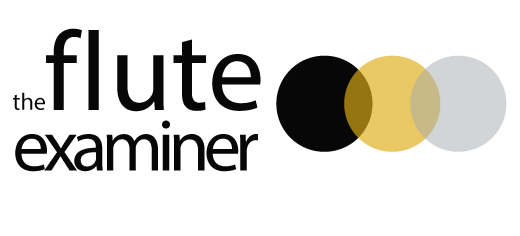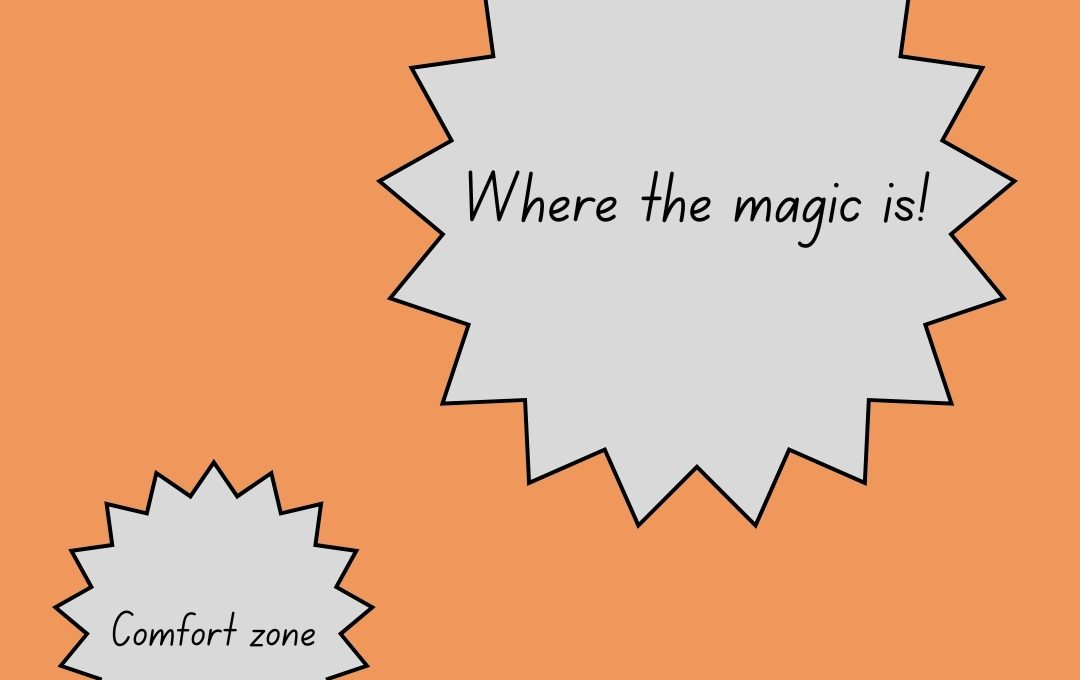I recently attended the Association for Body Mapping Education’s professional conference in Portland, OR where the keynote speaker was Ann Baltz (https://www.annbaltz.com) of Opera WorksTM (https://www.operaworks.org/). Ann gave two fantastic presentations and I was so very impressed with her work. The image you see at the top of the article is based on one of the slides Ann showed during her session. Notice the distance between the two—sthe blobs are not touching. Also, notice that the magic blob is much bigger than the comfort zone.
Many people and students are completely satisfied being in their comfort zone and never stray outside of its boundaries. Some people trot out from their comfort zone occasionally to test the waters and others refuse to be anywhere other than where the magic happens.
As teachers, I think we are used to encouraging out students to move beyond their comfort zone, which requires that they take some risks and become vulnerable. My question, though, is do we, as teachers, get out of our comfort zone or are we stuck? What might this look like?
There are so many levels to this. Are we taking chances as musicians? Are we regularly seeking out new repertoire and new techniques which challenge us? Are we seeking out new performance opportunities? Are we willing to be musically vulnerable on the way to where the magic happens?
On another level, are we challenging our teaching techniques? Are we looking for new ways to teach the same old concepts or are we stuck in our traditional pedagogy? Are we challenging our own thought processes? Why do I think this? Is there maybe a better way? Just because we’ve always done the thing in the same way doesn’t mean that it’s the only way.Too often, we become rigid and set in our ways, which prevents us from getting to where the magic is.
From Ann’s presentation, I learned that while we know that our students have different learning styles, we tend to teach in the language that we learn best in. Kinesthetic learners need to feel it or do it, while auditory learners need to hear it. Visual learners need to see it and cognitive learners need explanation and analysis.
Ann says to best reach visual learners, we need to show them what we want and use words like see, look, or notice. For auditory learners, we need to sing or play what we want to hear and use words like listen, hear, sound, and resonate. For kinesthetic learners, we need to describe how it can feel and use words like feel, do, get, and move. For cognitive learners, we need to explain how and why it works and do the analysis.
Can we, as teachers, get out of our comfort zones and learn to teach effectively in all languages? Can we help all of our students to learn to function with other languages, not only in their native learning language? If we are going to do this, we have to change our thinking, take some risks, leave our egos at the edge of the comfort zone, and maybe fail a few times on the way as we move towards the magic. What a great journey for us and for our students!

